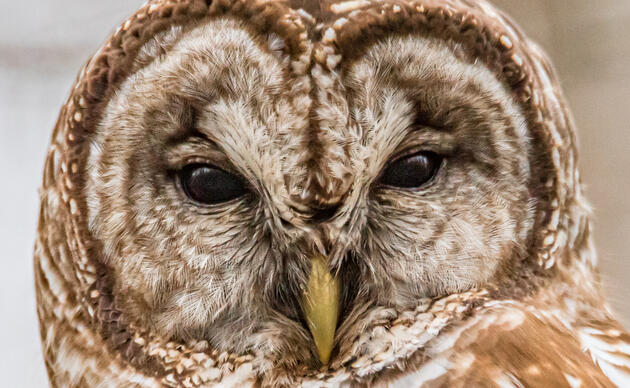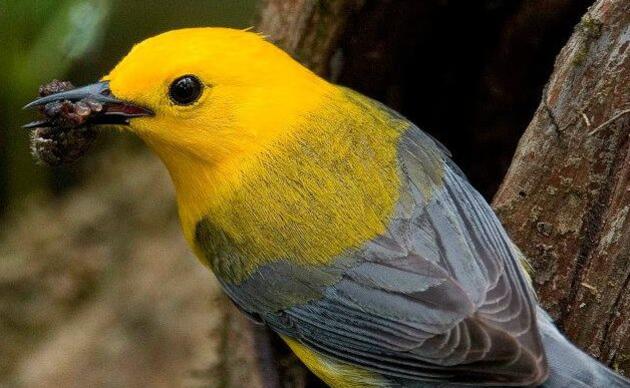If there’s one thing I’ve learned about White Ibis (Eudocimus albus), it’s that you should never kayak underneath them. When they all fly off it sounds like rain, because they all defecate at once. It’s probably nothing personal, just an efficient way of getting rid of some extra weight during lift off, but it’s also really hard to not take it personally.
Humankind is not the only species that engages in daily commutes. White Ibis nest near the coast but fly inland daily to sources of shallow freshwater in order to forage; they return to the coast at the end of each day to feed their young with the results of their catch. As the sun gets low, it's not uncommon to see them up high heading east in large flocks, and I like it especially when they all turn because the sun catches their white feathers and lights them all up at once.
During the nesting season, many males will stay behind at the colony and go through periods of starving in order to guard the nest from both rivals and predators while the females go off to work, but it’s not exactly the life of a homebody. Some males will become raiders, stealing food out of the mouth of rival parents and babies alike. Ibis will also steal nesting material from each other even though they nest in large colonies. Leave it up to birds to come up with a messy, dramatic hierarchy.
Ibis are pretty flexible with nesting sites; their preferred locations generally change every few decades. This has allowed them to maintain a large range and has helped them to endure changes to the environment that other species can’t. They are pragmatic when it comes to abandoning a place if there are better prospects elsewhere. The greatest impact to Ibis (other than the universal habitat loss that affects all wildlife nowadays) is human pollution in the form of mercury. For all their flexibility, Ibis haven’t yet learned to read fish consumption advisories posted by DHEC, and both Four Holes Swamp and the Edisto River share warnings of methylmercury (as does much of the state).
White Ibis appear at Beidler when the waters get shallow, usually late spring and especially in the summer and fall. They can be seen wading in large flocks between cypress knees, picking their way and eating all manner of invertebrates and small fish they come across. Ibis are tactile feeders, which means they soley use their highly sensitive beak to probe the mud in search of food, freeing their eyes to look around for threats. Crayfish is their favorite food, and, if you want to know how abundant crayfish are in Four Holes Swamp, all you have to do is stand still barefoot in shallow water for just a minute or so.
Their juveniles are darker, sometimes almost purple, but gradually turn to brown and then white. At Beidler, it's common to see many mottled Ibis roaming about alone or with a flock. First years are shown the ropes by more experienced commuters. Interns, I guess you could call them. Ibis are very wary, quick to lift their heads and look around, honking out a warning and then all flushing at once, a sudden explosion of white within the browns and greens of the swamp. They have a lot of goofy energy and are always fun to watch.
So, the next time you’re driving down the highway and see a flock of Ibis overhead, know that, even if humans didn’t invent commuting, we can at least take solace in the fact that we have invented something else that animals like the Ibis don’t have to deal with. Traffic.
To learn even more about White Ibis and new research from the National Audubon Society, click here.





